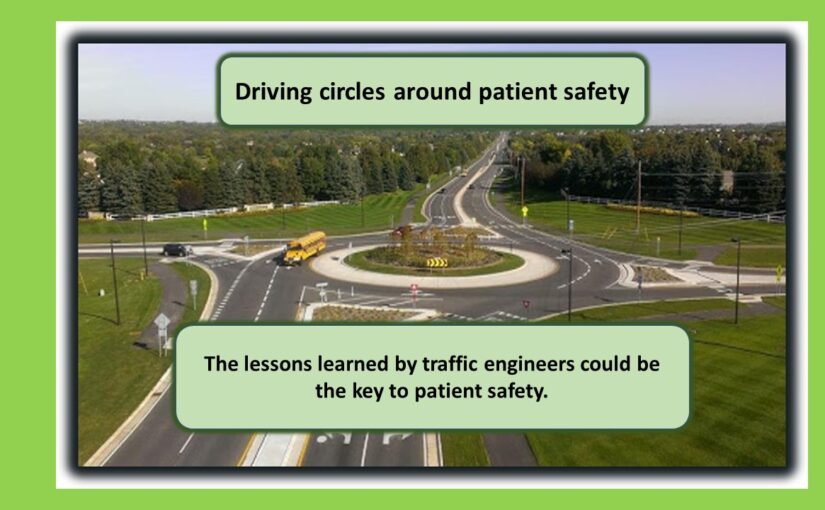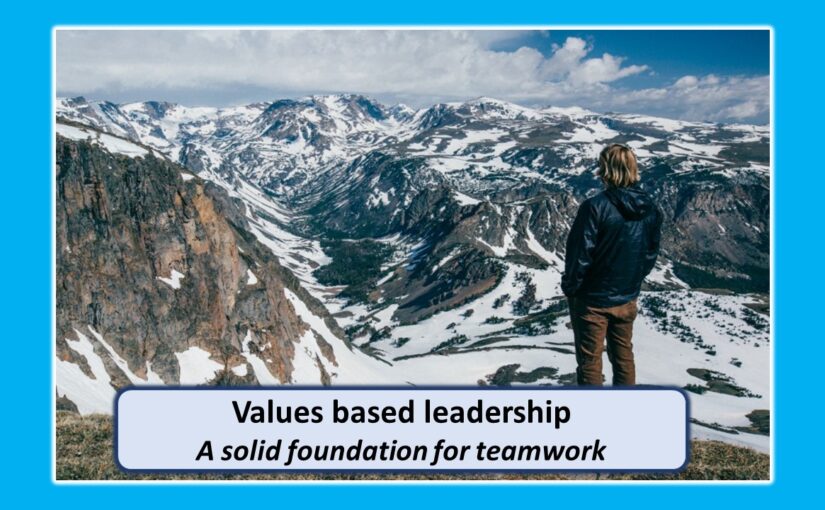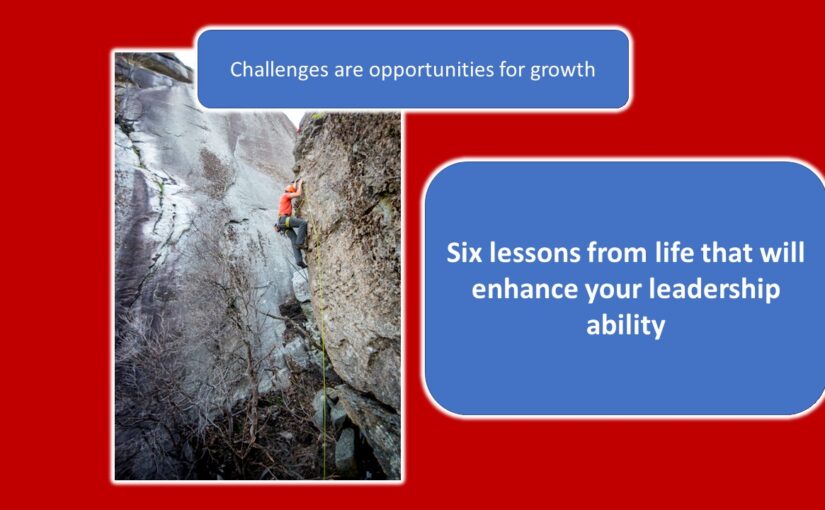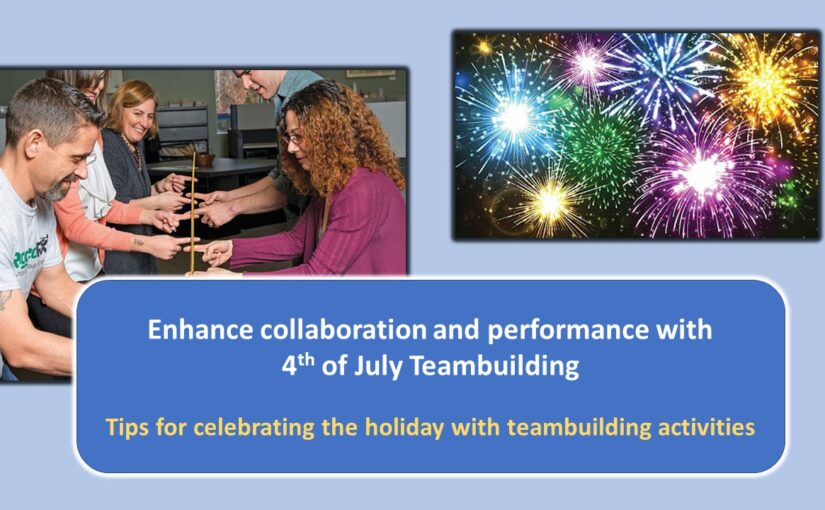By Thomas Davis, DNAP, MAE, CRNA
COVID-19 has changed the way we live, work, and interact with one another. For some, the hype and hysteria connected to COVID lifestyle changes are oppressive whereas to others it is viewed as the way we should have been conducting business all along. I remember my early days in healthcare when being fitted for PPE was an annual event and something that did not really affect day to day life. Fast forward to the present and PPE is the barrier that we demand and use daily to protect ourselves and ultimately our families from the dreaded pandemic.
In January 2021 President Biden signed an executive order directing OSHA to issue safety guidelines for businesses and created implications that transcend to the healthcare workplace. Writing for McKinsey and Company, author Susan Lund notes that work environments with the greatest physical proximity to clients will be affected the most by COVID changes. The hands-on care that we deliver to our patients puts healthcare workers at the top of the list for proximity to clients. Visit your primary care provider, lab, radiology, or surgery center and you will likely be greeted by a person wearing a mask while working behind a plexiglass barrier. In come cases, you may be required to show evidence of a recent negative COVID test before receiving treatment. Yes, delivery of healthcare is a one-on-one frontline hands-on environment that has changed to protect both providers and the patients we serve.
How the healthcare workplace has been changed by COVID
The physical environment has been re-defined. Regardless of where you work, look around and you will see barriers and social distancing that was not in place pre-covid. I work in a surgery center where the once crowded waiting area is essentially empty because only patients are allowed through the door. Family members or drivers are on call for return to pick up the patient but not allowed to wait in a common area. Once admitted, patients move to the pre-op area where every other bay is closed to increase social distancing. Healthcare workers preparing the patient for surgery are all wearing masks, as are the patients. Likewise, every other bay in the recovery area is closed to increase the distance between patients. Once adequately recovered from anesthesia, patients are wheeled to the pickup area and helped into the awaiting car. In discussions with CRNA colleagues from around the country I realize that the changes made in my workplace are not unique and have been adopted by many other workgroups.
The workflow has been re-defined. Social distancing and PPE is the name of the game in the current covid environment. We do not want healthcare workers to become COVID infected nor do we want our patients to become infected while under our care. As describe above, distancing and wearing masks has become part of every-day life. Once in the operating room, the greatest risk to anesthesia providers is related to airway management. The N-95 has replaced the traditional OR mask for anesthetists working with airway management. Likewise, the video laryngoscope has replaced the traditional laryngoscope in many workplaces and enables the anesthesia provider to maintain a greater distance from the patient while intubating.
In some operating rooms, anesthesia providers use a plexiglass shield in addition to the video scope and create yet another barrier between the provider and the patient. COVID has increased the use of the video laryngoscope to the point that many providers recommend it as a standard of care for all intubations. When COVID goes away, the video blade will remain as a foundation for airway management. Extubation at the end of the case requires similar precautions in order to prevent the potential spread of the COVID virus and some workgroups require a minimum number of room air exchanges before the doors are open and the patient is taken to recovery.
Leadership agility is essential. Writing in the World Economic Forum, author Sarah Kirby notes that COVID has changed the way leaders interact with workers to include a new emphasis on leadership agility and transparency. At the top of COVID related leadership challenges is dealing with worker fear and uncertainty. Workers fear for their own welfare and that of their families and are uncertain of job security. At the height of the pandemic, many anesthetists were given the choice of furlough or working in ICU when elective cases were halted. As healthcare workers, collectively we are needed to provide many levels of care for those infected with the virus. In addition, many healthcare workers face personal challenges created by home schooling for children. Effective leaders, including Chief CRNAs, must develop the emotional intelligence to be sensitive to the needs of the workers and maintain the flexibility to alter scheduling to accommodate the new needs of the workers. Trust and transparency are the keys to effective leadership in the COVID environment. With mandates and regulations changing almost daily, workers must trust that their leaders will be honest and open with them regarding required changes and will always keep the welfare of the worker as a top priority when altering workflow.
Online interaction will continue to expand. In the early stages of the COVID pandemic, many healthcare clients rejected the concept of connecting with providers online and vice versa. Now, after more than a year of online appointments, many patients and providers prefer the format and appreciate that the video connection can be scheduled for a specific time, and eliminate travel and time in the waiting room.
Professional development for healthcare workers has transitioned to an online format. Those seeking doctorate level degree completion are doing so via asynchronous online education and others who need CME are finding it online rather than in-person meetings.
In many cases, employers have converted to a video interview for prospective candidates with contracts being offered without an actual face to face meeting with the applicant. The format offers a cost savings to the employer and protects the applicant from exposure to the virus while traveling.
Without doubt, COVID has changed our individual lives in many ways including how we interact in the workplace. At some point, the COVID pandemic may be reigned in and reduced to the level of other threats such as the flu, however, the workplace changes triggered by the virus will remain for many years into the future. As mandates and restrictions are eased, many workplaces will view some of the changes as the way we should have been doing business all along. Regardless of your individual situation, remain vigilant, cling tightly to the changes that will protect you in the future, anticipate creative use of computer-based expansion of healthcare, and continue to develop your emotional intelligence skills which will enable you to connect with patients and colleagues. COVID has changed how we live our lives and in many ways the changes have been positive. Be safe.
Tom is an experienced leader, educator, author, and requested speaker. Click here for a video introduction to Tom’s talk topics.
























